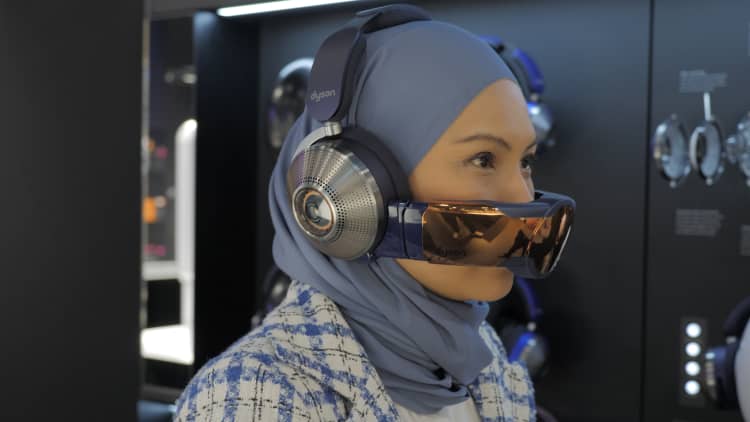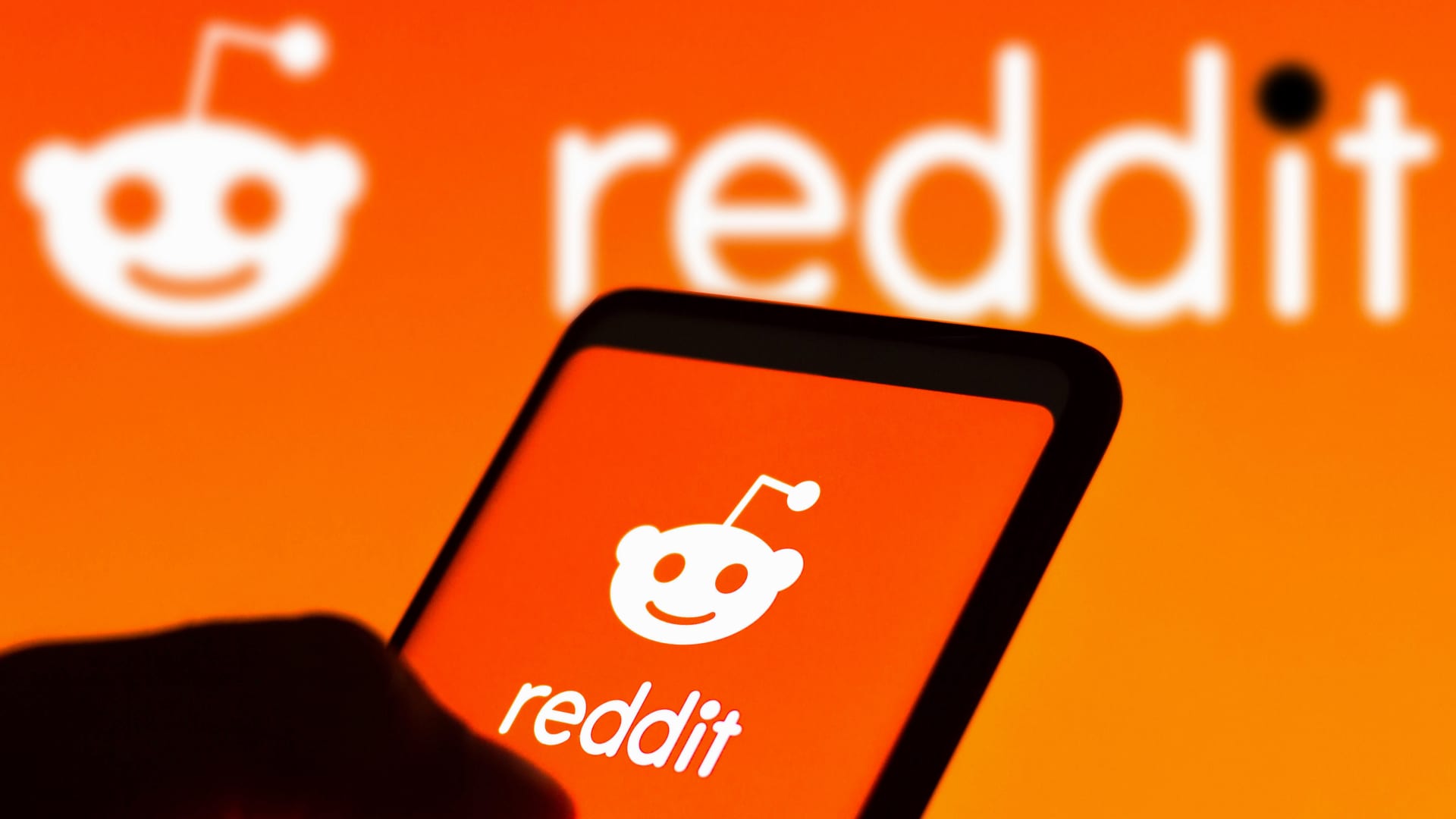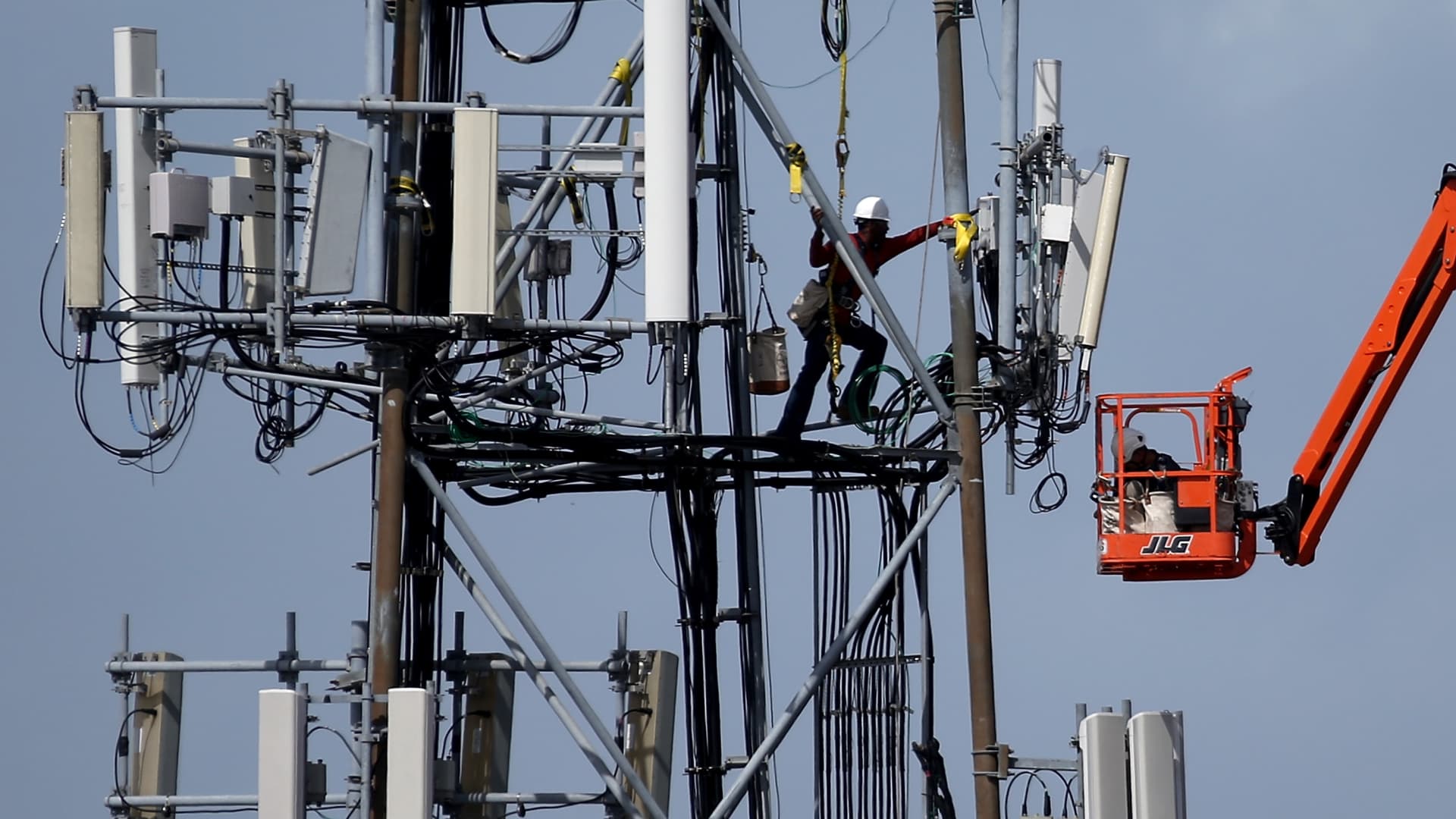

Dyson is known for its consumer gadgets such as vacuum cleaners, hair styling products and air purifiers, but it is now breaking into a new generation of products.
Recently launched devices like its 360 Vis Nav robot vacuum boast “intelligent” features, which require more software development — and the company has ramped up hiring in order to support those functions.
“We’ve really seen a ten-fold increase in our engineers working in software over the last years,” Dyson’s Chief Technology Officer John Churchill said. “We’re hunting for the greatest talent, from graduates of colleges to experienced people, to join us to pivot Dyson into more of a software world.”
The company is trying to hire another 2,000 engineers globally, according to Dyson’s director of upstream robotics, Kashyap Chandrasekar.
“Robotics and software are the largest pools of people we’re trying to hire,” he said.
The Dyson 360 Vis Nav robot vacuum is displayed at the company’s headquarters at St. James Power Station in Singapore in May 2023.
Lauren Choo | CNBC
Another Dyson device that has garnered attention, due to its futuristic look, is the Dyson Zone — headphones that double as a wearable purifier.
While the Zone has been criticized for its $999.99 price tag and bulky appearance, Churchill remained optimistic.
“With new products, we have a high selling price because there’s so much investment in terms of that technology,” he told CNBC in an interview.
“The first generation of products is really the stepping stone, in terms of the journey, and the products are going to continue to evolve.”
When asked about public health and access, Churchill said “We’ll continue to look into how we can bring the cost down to make it available to more people.”
Dyson’s global investment plan
Since its inception in 1991, founder Sir James Dyson has been set on pioneering new technology. Dyson started in the United Kingdom, before launching into Australian, European, American and Asian markets.
While Dyson faced headwinds like rising costs and chip shortages like many other consumer technology companies, the privately owned company reported £6.5 billion ($8.15 billion) in revenue for 2022, up from £6 billion the year before.
The company currently has a £2.75 billion investment plan divided across Singapore, the U.K. and the Philippines. The company already has research and development focused campuses in U.K., Malaysia and Shanghai — and is now investing £166 million in a new tech campus in Batangas, Philippines.
Dyson’s Singapore Headquarters at the St. James Power Station.
Lauren Choo | CNBC
A key part of Dyson’s global investment scheme is the 247,000-square-feet battery plant in Singapore. The company has estimated it will be up and running by 2025.
“Our new battery factory allows Dyson to have a much longer-term view because they’re supported by a very clear strategy from the government to allow us to make big investments, with the confidence that they’re going to be supported,” Churchill explained.
Singapore in focus
Dyson’s decision to build their battery plant in Singapore comes after the company relocated its global headquarters to the city-state from the U.K. The company was criticized for that 2019 decision, partly due to founder Sir James Dyson’s vocal support for Brexit.
Out of 14,000 employees globally, 1,400 are based in Singapore, including 600 engineers.
“If we’re going to have a manufacturing footprint in this part of the world, you need engineers to be closely located,” Chandrasekar said. “It does help that there’s a fair amount of government push as well in the field of robotics. There’s plenty of initiatives. There’s a lot of capable research groups. All this lends itself well to build a talent pool that can support this.”
Churchill added that Dyson sees itself as a global technology brand, rather than a purely British one.
“We want to really understand some of those cultures and diversities that will inspire us to create new ideas, to solve problems that are relevant to people in different countries.”







